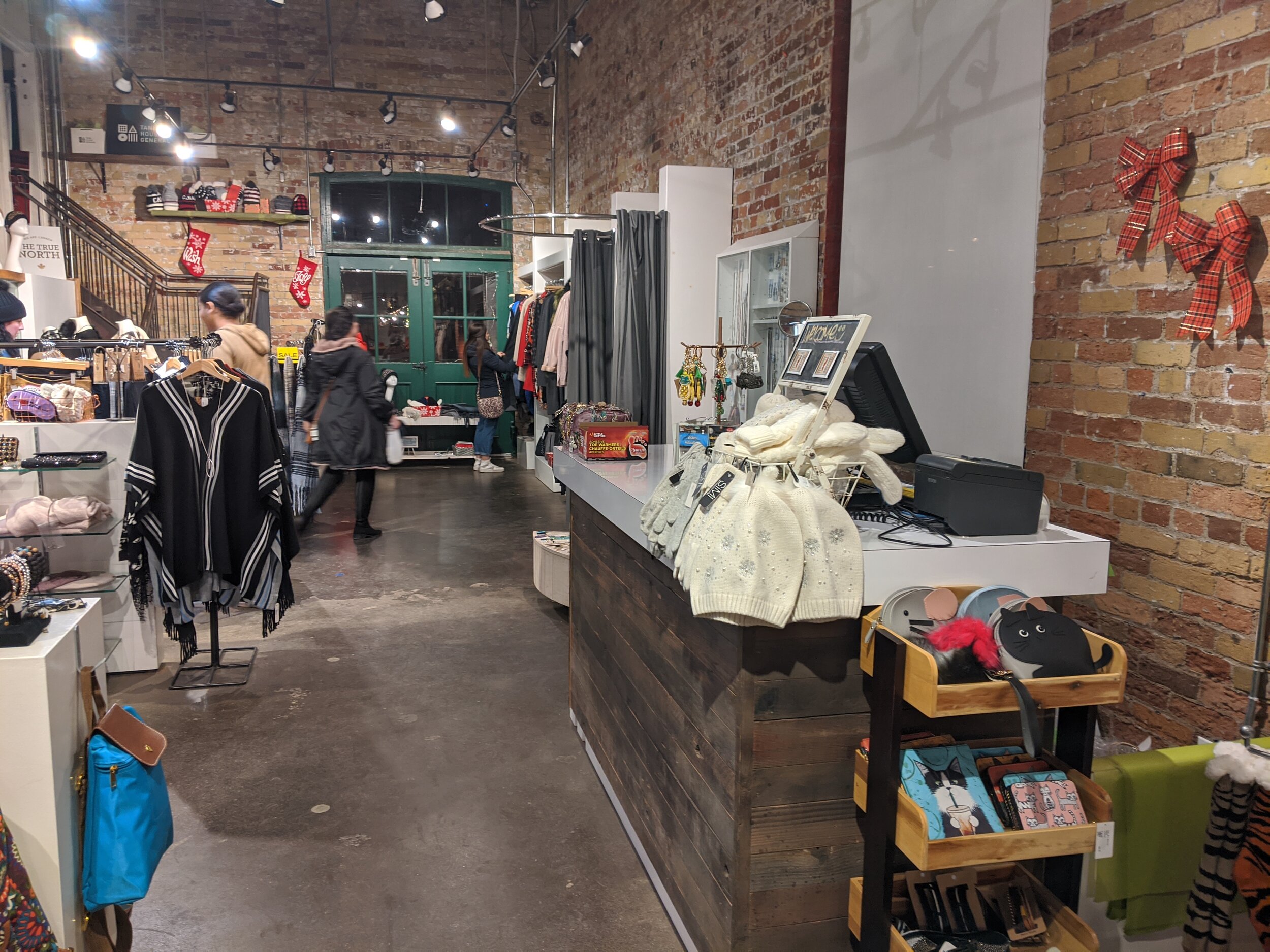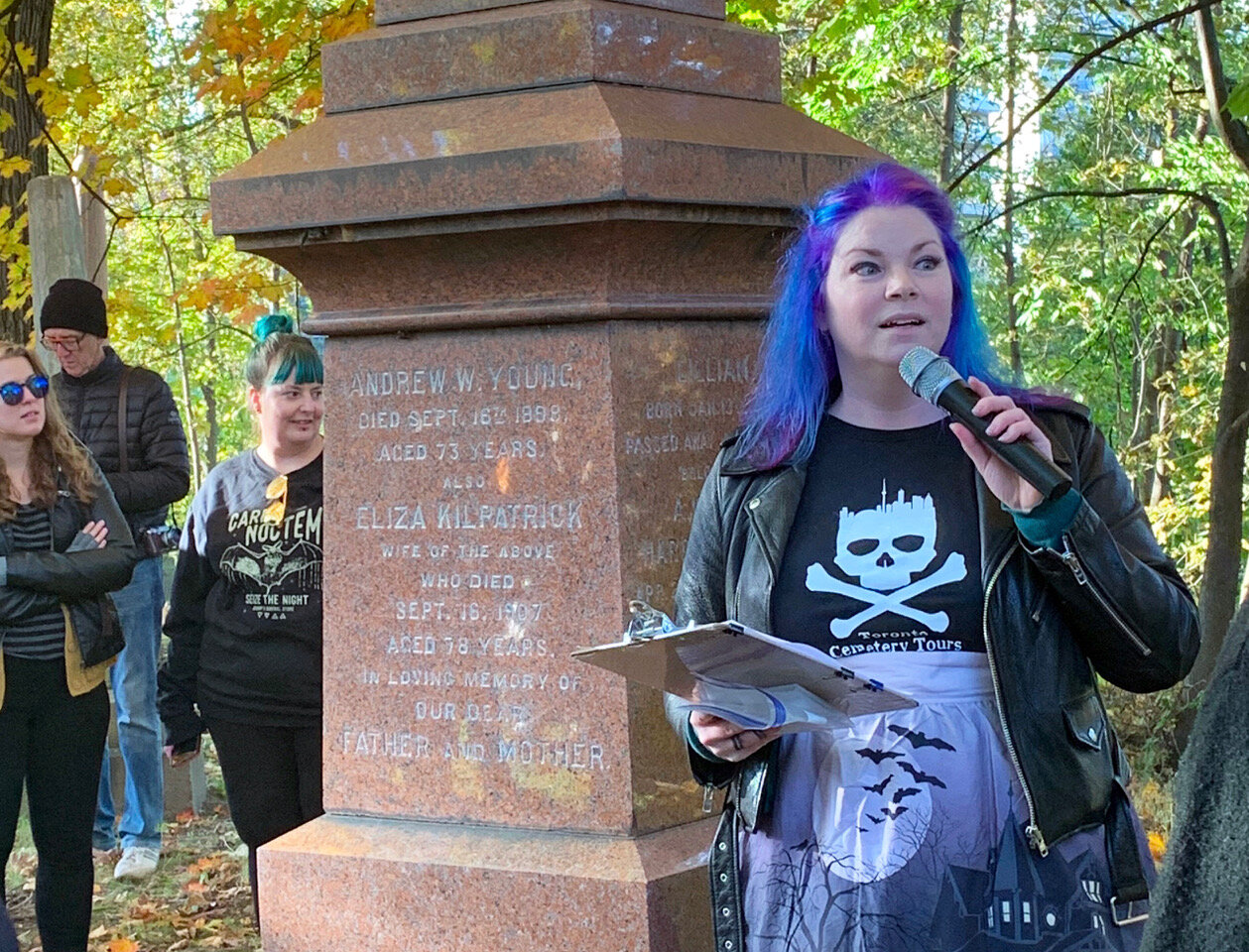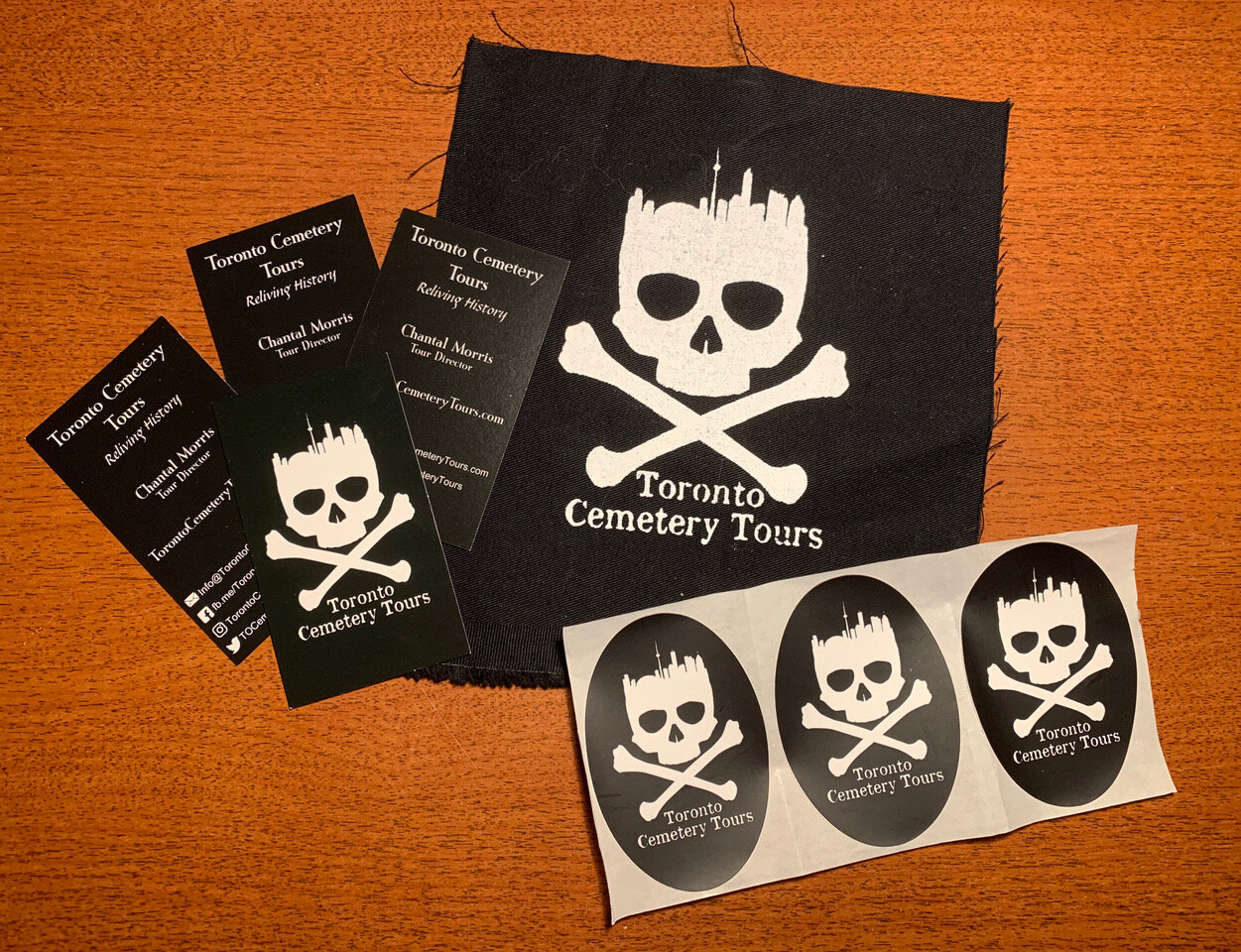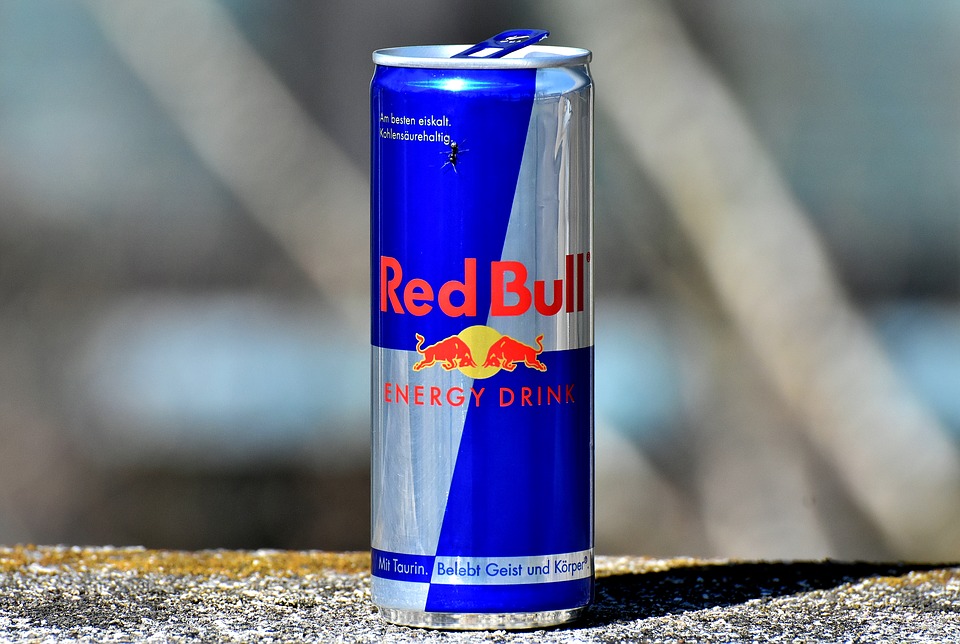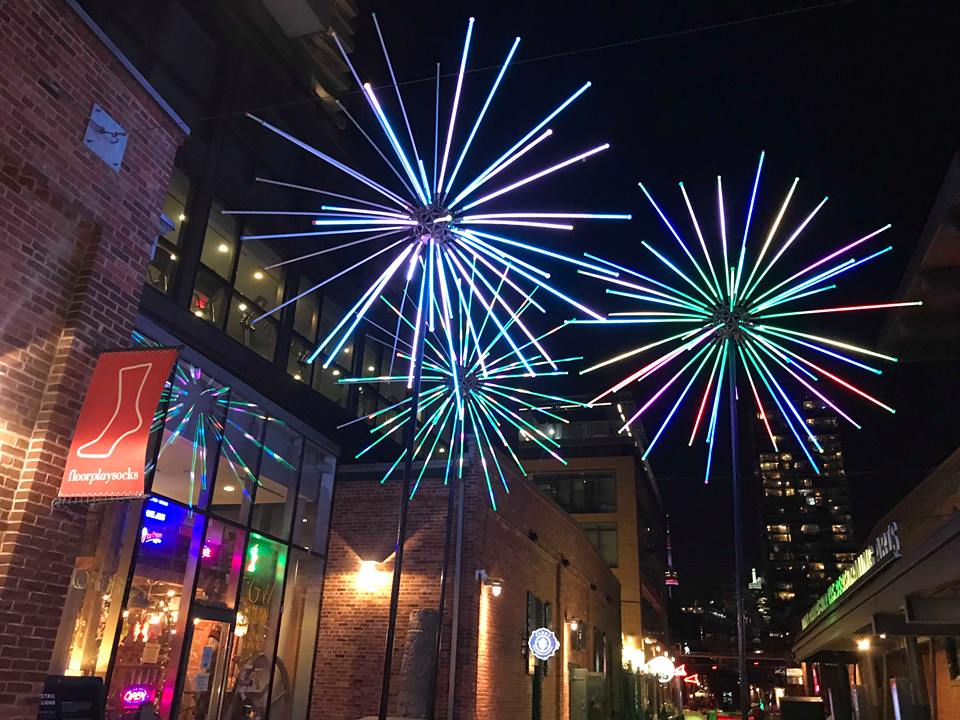Many younger folks are losing their interest in reading, possibly due to an increase in social media usage
By: Aylia Naqvi
(Christin Hume/Unsplash)
There is a growing number of people who don't read books like they used to anymore. Some read for school, others read news articles when they can and some were passionate readers as kids but lost the habit as they grew older.
As a child, I used to be an avid reader. I read regularly and could complete 500+ page novels in the Harry Potter and The Hunger Games series in a day. As I got older, more responsibilities fell on me and leisure time for reading moved to the back burner because it was hard to balance reading for pleasure and juggling school, work and family.
The truth is, as people progress through stages of life, responsibilities increase. Whether that's school, work, extracurricular activities or even the mental demand of social media, many give up their passion for reading. According to research published by the American Psychological Association, less than 20 per cent of U.S. teens report reading a book, magazine or newspaper daily for pleasure. In comparison, more than 80 per cent say they use social media every day.
Sonny Sehra, a second-year student at X University, blames declining attention spans on one's ability and lack of desire to read.
"I used to read one book per day, and now I'm only reading a couple of chapters every week,” said Sehra. “It's hard to focus with so much going on now."
While everyone can agree that reading in children should be encouraged, it is also essential to promote healthy reading habits, so they don't lose their passion for reading.
Larry Swartz, a classroom teacher and instructor at the Ontario Institute for Studies in Education, questions how reading habits form at a young age.
"What happens in their early years when the kids are learning to read, when they sit around as a community listening to the teacher read aloud? What experiences have they had in their lives with books in their homes?"
Swartz believes teaching children healthy reading habits rather than forcing them to read in a classroom encourages a relationship with books.
"If my teacher forces me to read a book that I'm not interested in, that would be too hard for me. I do want us to explore and critically look at a book, but I think we need balance," said Swartz.
Some students say they find it difficult to read for their pleasure, preferring to use their leisure time for other tasks.
Kayla Fonte, a second-year X University student, was afraid of losing the time to read for leisure even before starting university. As expected, the heavy workload that university life brings on forced her to prioritize her curriculars first.
"This is what I was scared of in high school, that the workload was just going to be too much and then with everything else that was going on, my job and personal life, and I was right. I don't have the time to read anymore," said Fonte.
Social media is another large part of why people spend less time reading nowadays or have trouble getting back into it. According to Instictif, experts in influence and communication, in the pre-social media age, downtime "wouldn't be spent scrolling through posts on different social media platforms but rather with a book, magazine, or newspaper in hand."
According to their blog post, when social media use gained popularity, societies integrated it to such a degree that it changed human thought and behaviour often without us even realizing it.
Second-year X University student Sania Ali shares that she's been trying to get back into reading, but it's been hard because the social media apps on her phone are much more tempting.
"Reading takes a lot of energy and my attention span is a lot shorter now so I find myself buying books and really having difficulty getting through one chapter and giving up on it and procrastinating on reading it," said Ali.
Swartz advises those struggling with reading to connect with peers and take on the task with others.
"It's a very social thing and for older students, in particular, it is very much peer-influenced. Start with peers, and if you're a parent, talk to your kid about a book. I think there's always different ways we can experience reading," said Swartz.




























